In scenes with fast action – such as chases and fights – your writing style needs to reflect the speed. The words you choose, and the way you structure your sentences, can create a fast, exciting pace which takes the reader’s breath away.
Sentences
The length of your sentences creates the pace of your scene. In a fight scene, sentences need to be short, especially when the action speeds up.
If a sentence is more than twelve words long, split it into two shorter ones. Some sentences can be very short indeed:
He leaped.
She kicked.
Blades clanked.
To vary the rhythm, insert the occasional medium-length sentence, but avoid long ones with many clauses.
When the action happens really fast, you can use sentence fragments instead of complete sentences; For example:
He had to get through to the castle. Had to reach that door. He hacked, swung, slashed. Five paces left. He leaped.
Use this trick sparingly, only for the fastest-paced moments, since sentence fragments become tedious if overused.
Words
Short words create a fast, sharp rhythm, so use the shortest available word for the job. Words with single syllables are best. Two syllables are ok, three syllables are so-so, and anything longer doesn’t belong in a fight scene.
When revising your fight scene, replace long words with short ones. Instead of immediately write at once. Instead of endeavour write try. Instead of indicate write point at. Instead of investigate write check out.
Verbs (hack, swing, slash, kick) convey action and create a fast pace. You can use several verbs in a sentence, for example:
She bit, she scratched, she screamed.
or
They slashed and sliced, they blocked and parried.
Simple Past Tense (hacked, swung, slashed, kicked) is the best for fast-paced action. Avoid Past Perfect Tense (had hacked, had swung, had slashed, had kicked) because it’s a pace-killer.
Be careful about using the ing-form of the verb (present participles and gerunds: hacking, swinging, slashing, kicking). Although it conveys immediacy, it sounds soft and can spoil the pace, so use it sparingly.
Adjectives (blunt, strong, irresistible) slow the pace, so use only a few. Adverbs (bluntly, strongly, irresistibly) slow the pace enormously, so you may want to avoid them in your fight scenes.
Use as few conjunctions and link words (and, but, or, when, then, after, before, while, because, in order to, therefore, thereby, as) as possible.
For example, instead of
He grabbed the liana with both hands, and then he swung across the stream and landed in the mud.
write:
He grabbed the liana with both hands, swung across the stream, landed in the mud.
Instead of
After that, he raised his arm, thereby warding off blows.
write:
He raised his arm to ward off blows.
Euphonics
T, K and P sounds create a fast pace and a sense of aggressiveness, so use lots of them in action scenes. For example: Instead of swallow write gulp. Instead of hold write grip. The best sound for chases, races and anything happening really fast is R. Use it a lot: hurry, run, roll, race. Euphonics are especially important if you plan to publish your book in audio format or if you give public readings.
Avoid Internal Thoughts
Don’t allow your protagonist to think, consider, wonder, analyse, realise, worry or contemplate while the action is on. Move any thoughts to before or after the action. Any kind of introspection slows the pace.
If it’s absolutely necessary to render his thoughts, do it as briefly as possible. Here are some examples:
Now.
He had to win.
There had to be a way out.
Where was the cavalry?
Contrasting Pace
To emphasise the fast pace of your scene, consider slowing the pace before and after the main action. During the build-up when the heroes lie waiting in ambush, and during the aftermath when they bandage their wounds you can slow the pace by inserting adjectives and using longer sentences.
Any Questions?
If you have questions about fight scenes or pace, or if you would like to discuss this post, feel free to leave a comment. I’ll be around for a week and will respond.
This article was first published at the Fantasy Futuristic & Paranormal RWA Chapter’s blog in May 2011, and at Virtual Writers on August 18th, 2012.
Writing Fights Scenes – the eBook
Learn step-by-step how to create fictional fights which leave the reader breathless with excitement.
The book gives you a six-part structure to use as blueprint for your scene. It reveals tricks on how to combine fighting with dialogue; which senses to use (also when and how); how to create a sense of realism; and how to stir the reader’s emotions.
You’ll decide how much violence your scene needs, what’s the best location, how your heroine can get out of trouble with self-defence and how to adapt your writing style to the fast pace of the action. There are sections on female fighters, male fighters, animals and weres, psychological obstacles, battles, duels, brawls, riots and final showdowns. For the requirements of your genre, there is even advice on how to build erotic tension in a fight scene, how magicians fight, how pirates capture ships and much more. You will learn about different types of weapons, how to use them in fiction, and how to avoid embarrassing blunders. Note: The book uses British spellings.
Available from Amazon (US & UK site), Barnes & Noble and other online booksellers.
About the Author
 Rayne Hall is a professional writer and editor. She has had over 30 books published under several pen names, in several genres (mostly fantasy, horror and non-fiction), in several languages (mostly English, German, Polish and Chinese), by several publishers, under several pen names.
Rayne Hall is a professional writer and editor. She has had over 30 books published under several pen names, in several genres (mostly fantasy, horror and non-fiction), in several languages (mostly English, German, Polish and Chinese), by several publishers, under several pen names.
She is the editor of the Ten Tales series of themed short story anthologies.
She teaches online workshops for intermediate, advanced and professional level writers. See here for her current workshop schedule.
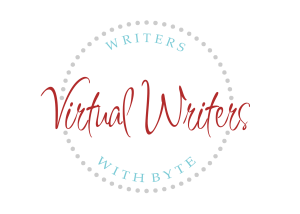



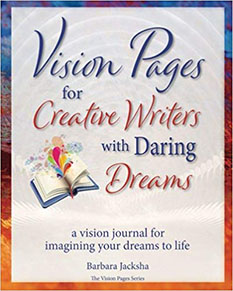
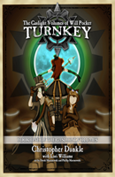
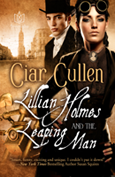
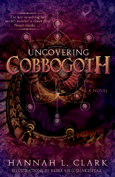
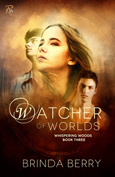
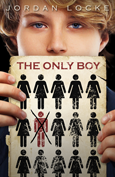
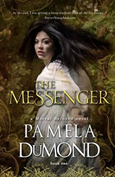
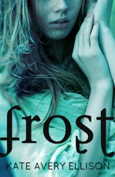
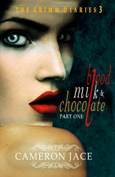
Follow Me